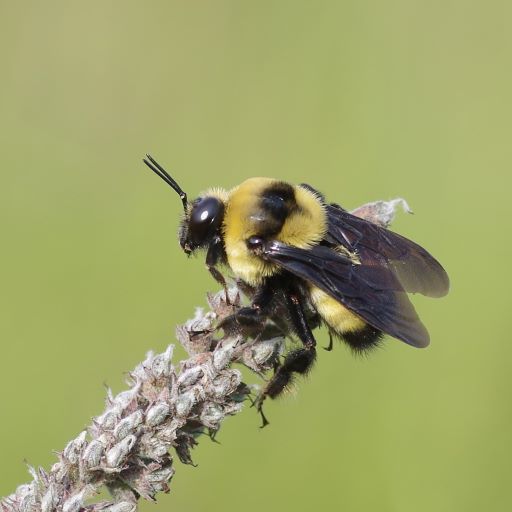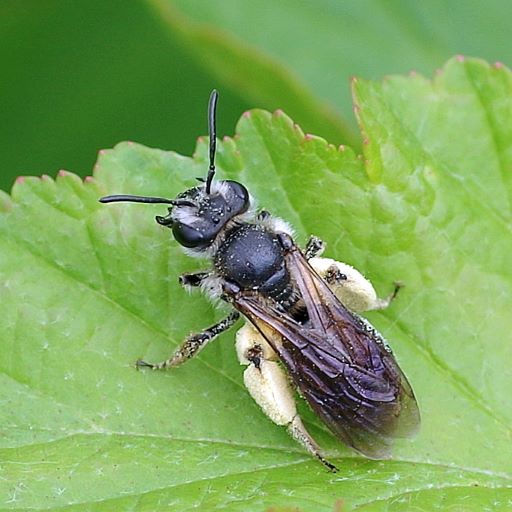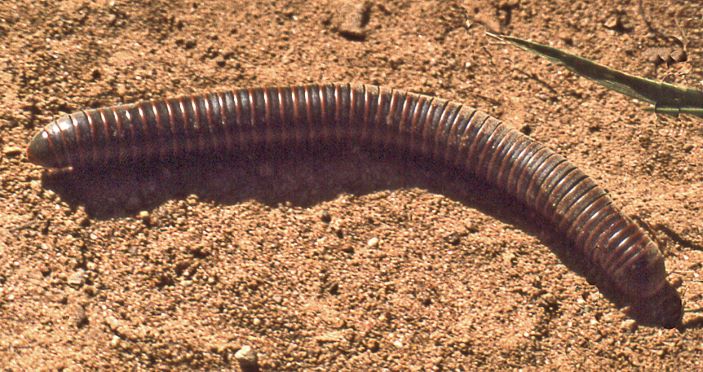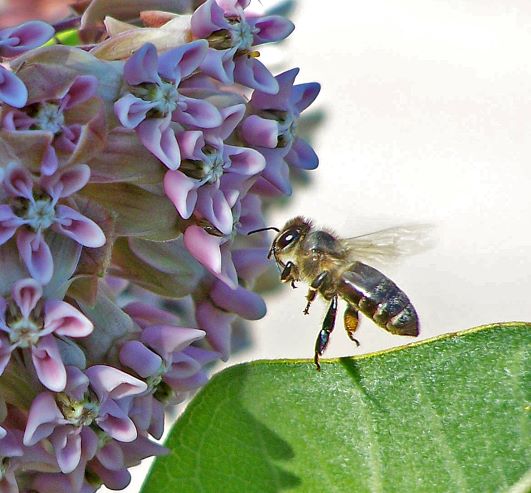by Kate Redmond
Bug o’the Week Bugs at the End of Summer
Howdy, BugFans,
The Autumnal Equinox is fast upon us, alas, and even though it was a very hot one, the BugLady would like to push that Restart button and go back to the beginning of August. Failing that, here are some of the bugs that crossed her trail in the second half of summer.
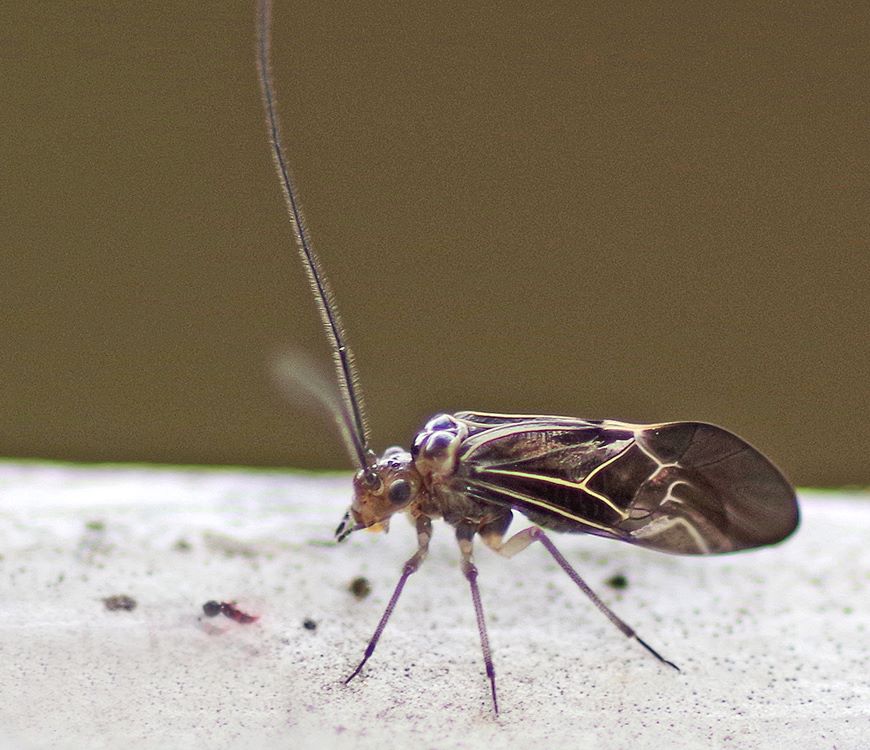
BARK LOUSE – Bark lice (order (Psocidae) are often seen in herds, both as adults and nymphs https://bugguide.net/node/view/1716157/bgimage. This species, Cerastipsocus venosus, is known collectively as Tree cattle. Bugguide.net says that they feed on “accumulations of fungi, algae, lichen, dead bark and other materials that occur on tree trunks and large limbs.” And on the BugLady’s porch rails. So, they clean up after the BugLady outside, and the silverfish take care of the inside of her cottage.
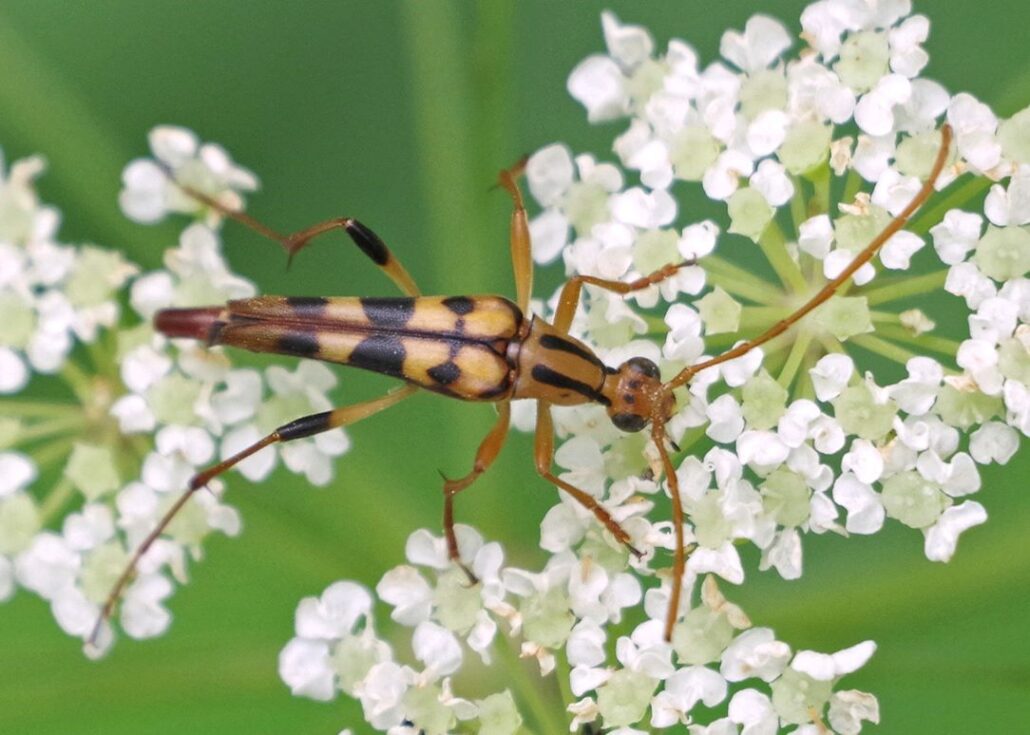
YELLOW-HORNED FLOWER LONG-HORNED BEETLE – The YHFLHB (Strangalia luteicornis) is in the Longhorned beetle family Cerambycidae and the subfamily Lepturinae, the flower longhorns. Flower longhorns are often found on flowers by day, feeding on the protein-rich pollen, and many (but not all) species are wedge-shaped – sometimes dramatically so. Their larvae feed on dead and dying woody material, and certain fungi that they ingest as part of their meal then aids the grub’s ability to digest cellulose (in some species of flower longhorns, Mom inoculates the eggshell as she lays it with a yeast that becomes part of the grub’s intestinal microflora).
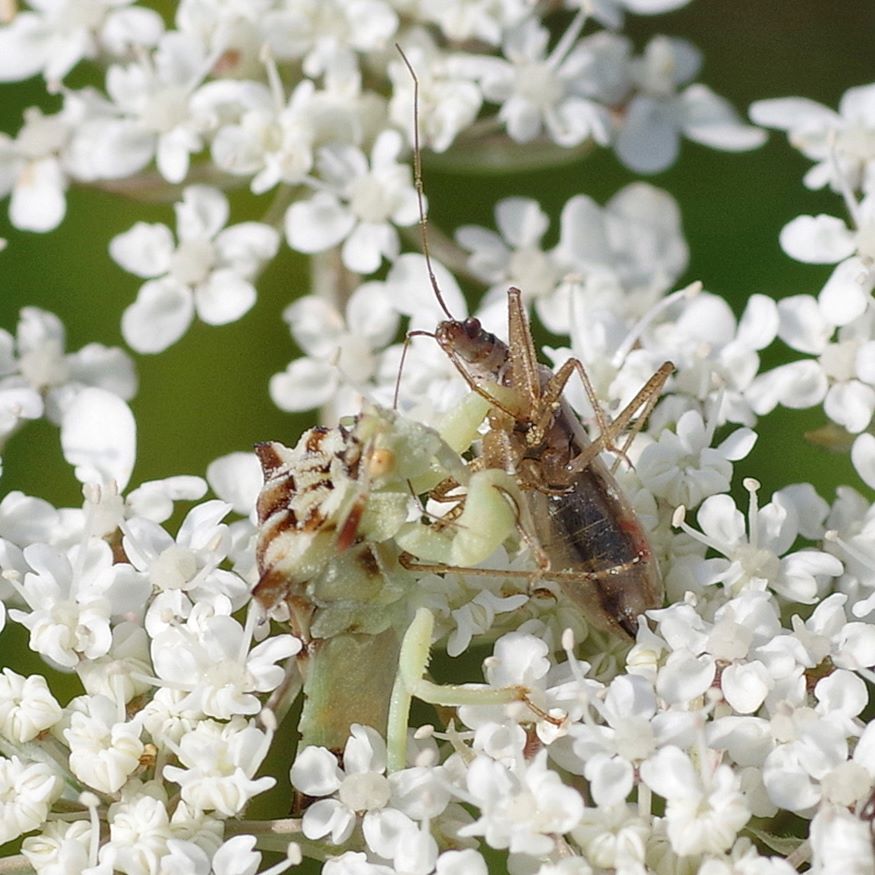
AMBUSH BUG – What would summer be without the extraordinarily-well-camouflaged (and voracious) ambush bugs – one of the BugLady’s favorites?
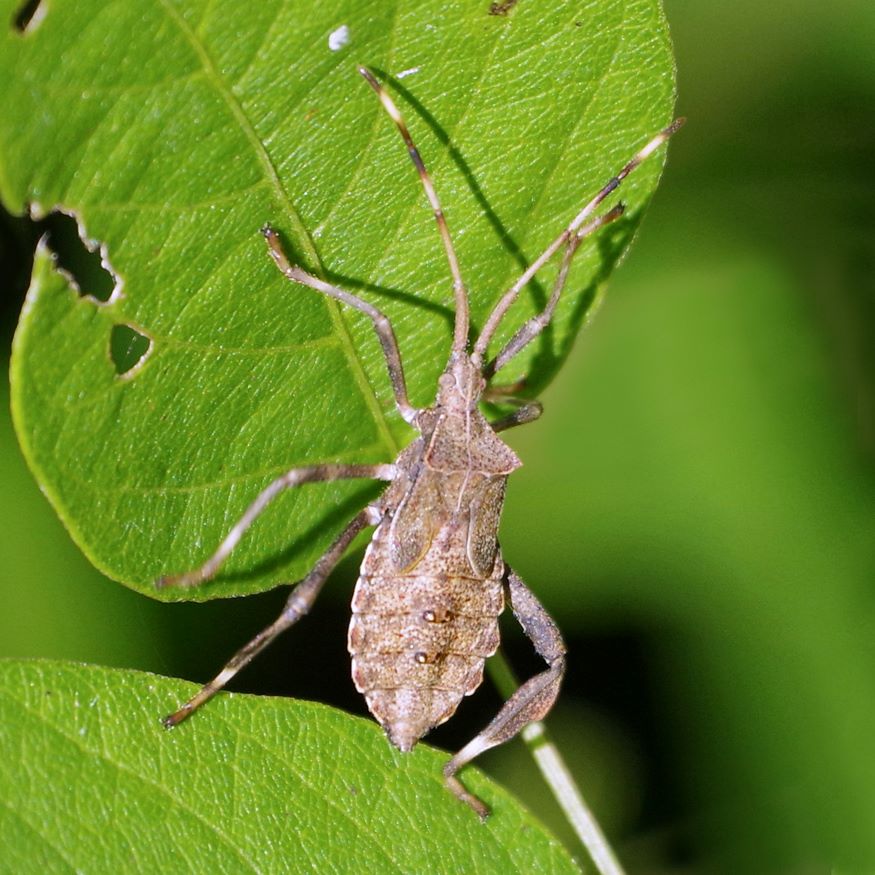
LEAF-FOOTED BUG – Late summer is True bug season (remember – only one insect order, the Hemiptera, can officially be called Bugs). This particular bug is the almost-grown nymph of a leaf-footed bug called Acanthocephala terminalis (no common name). Newly-hatched nymphs, with their spiny butts and improbable antennae, are pretty cute https://bugguide.net/node/view/933082/bgimage.
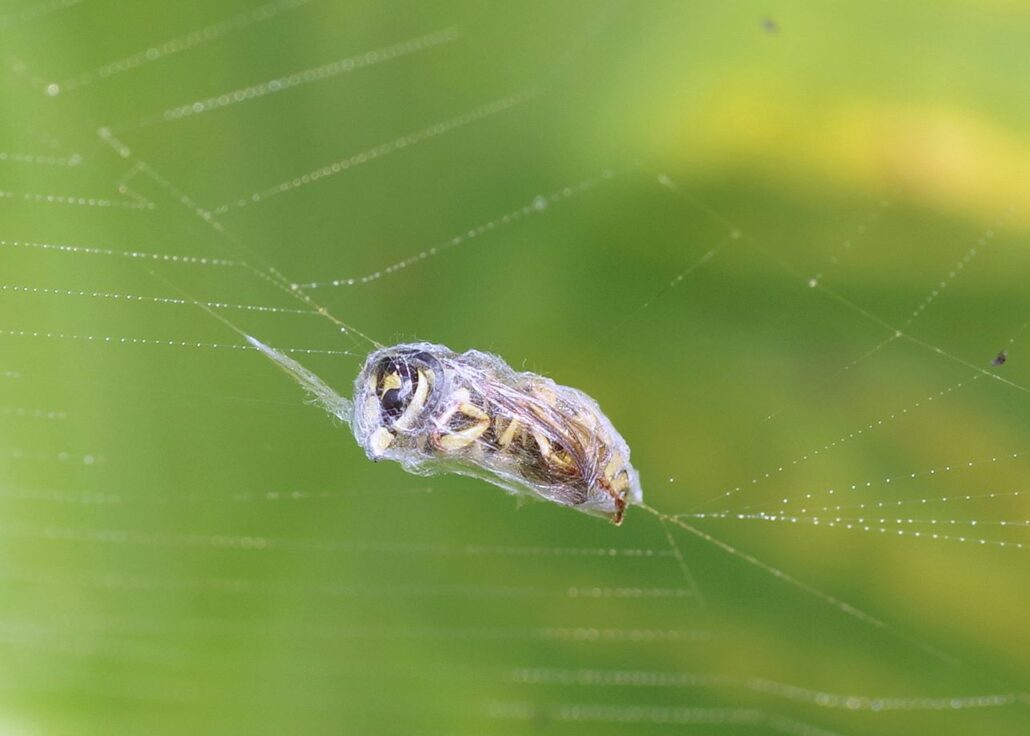
SPIDER WEB AND PREY – All wrapped up and nowhere to go.
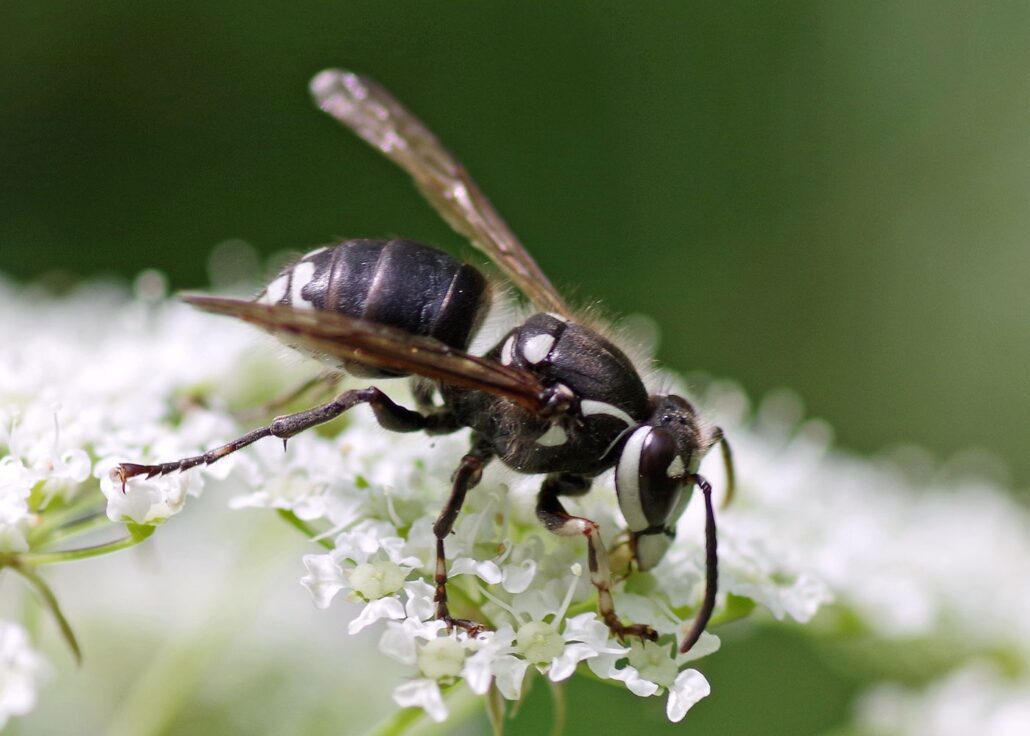
BALD-FACED HORNET – The BugLady corresponded this summer with a man who was stung twice in his mouth by a Bald-faced hornet (now called Bald-faced aerial yellowjacket). These are the gals that build the closed, football-shaped, paper nests that hang in trees, and while they are valiant/dangerous in defense of their homes, they don’t defend the flower tops where they feed. The BugLady’s correspondent was apparently walking along blamelessly when his open mouth encountered a flying hornet. Stings on the face, and especially in the mouth, can be dangerous because of swelling, even if you’re not allergic.
An entomologist named Schmidt went around deliberately getting stung by the ants, hornets, bees, and wasps of the world and writing descriptions of his discomfort that are sometimes reminiscent of a wine-tasting. He rated the Bald-faced hornet at a 2 out of 4 on his pain scale – “rich, hearty, slightly crunchy. Similar to getting your hand mashed in a revolving door” https://reliantpest.com/north-american-schmidt-sting-index/. Not surprisingly, lots of exterminator companies have posted the scale because they want to sell us something.
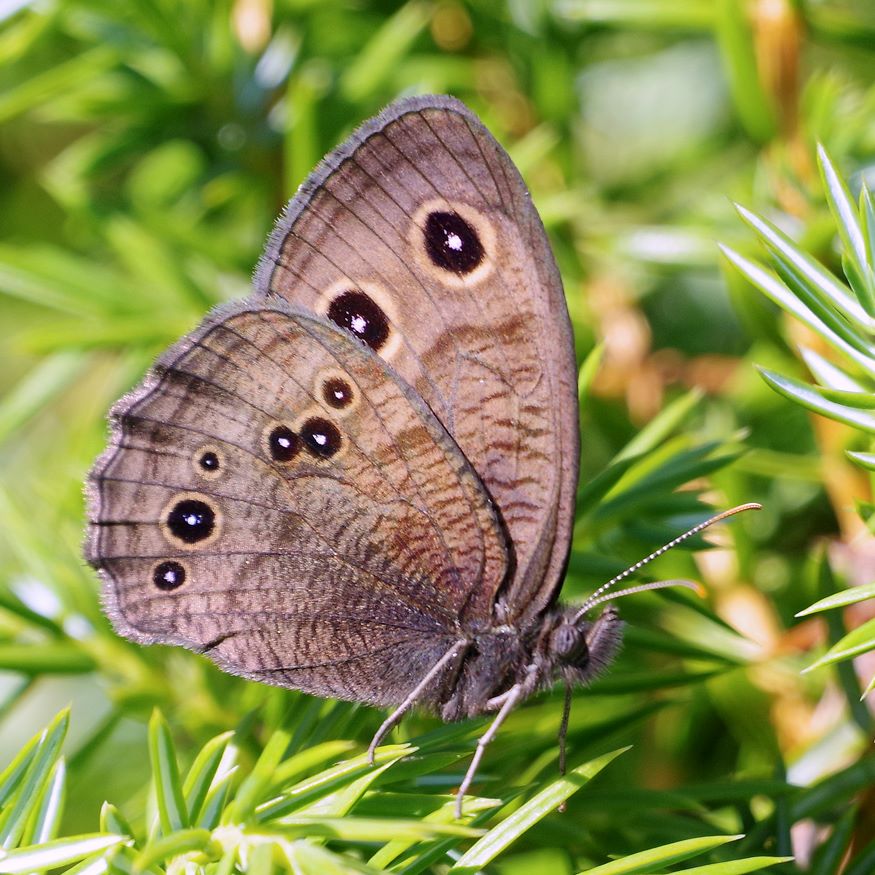
COMMON WOOD NYMPH – A medium/large Satyr butterfly of sunny fields, Common Wood Nymphs are not often seen nectaring on flowers, preferring fungi and rotting fruit. They lay their eggs on grasses in late summer, but when the caterpillars hatch, they go into hibernation immediately, without feeding, to continue their development the following spring.
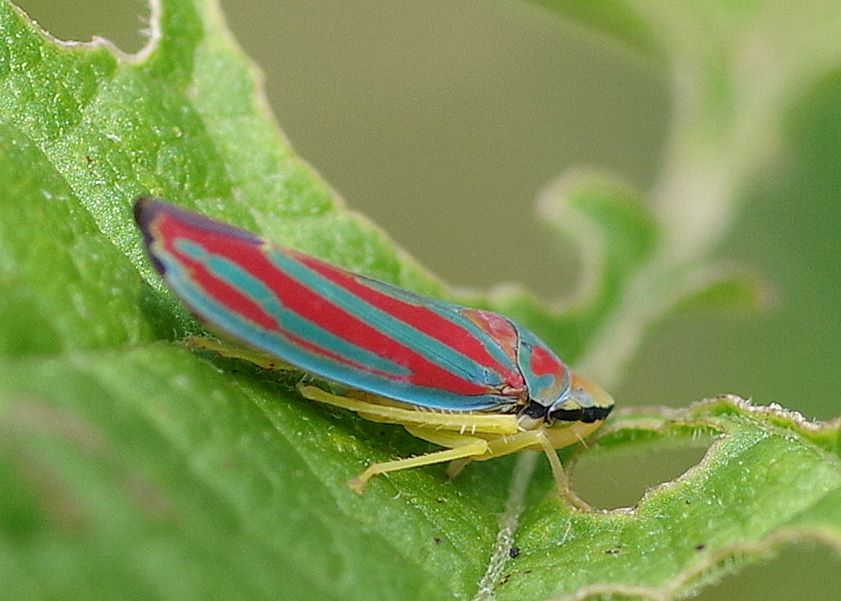
CANDY-STRIPED LEAFHOPPER – what glorious things sometimes come in ¼” packages! And, they have superpowers! Leafhoppers suck plant juices. Most plant sap has a sugar concentration of only a few percent, so leafhoppers have to consume a lot of it to get enough calories, and they excrete the excess (honeydew) “under pressure” with a tiny, but sometimes-audible, “pop.” Because of this, they’re called “sharpshooters.” And – they vocalize, but too softly for us to hear.
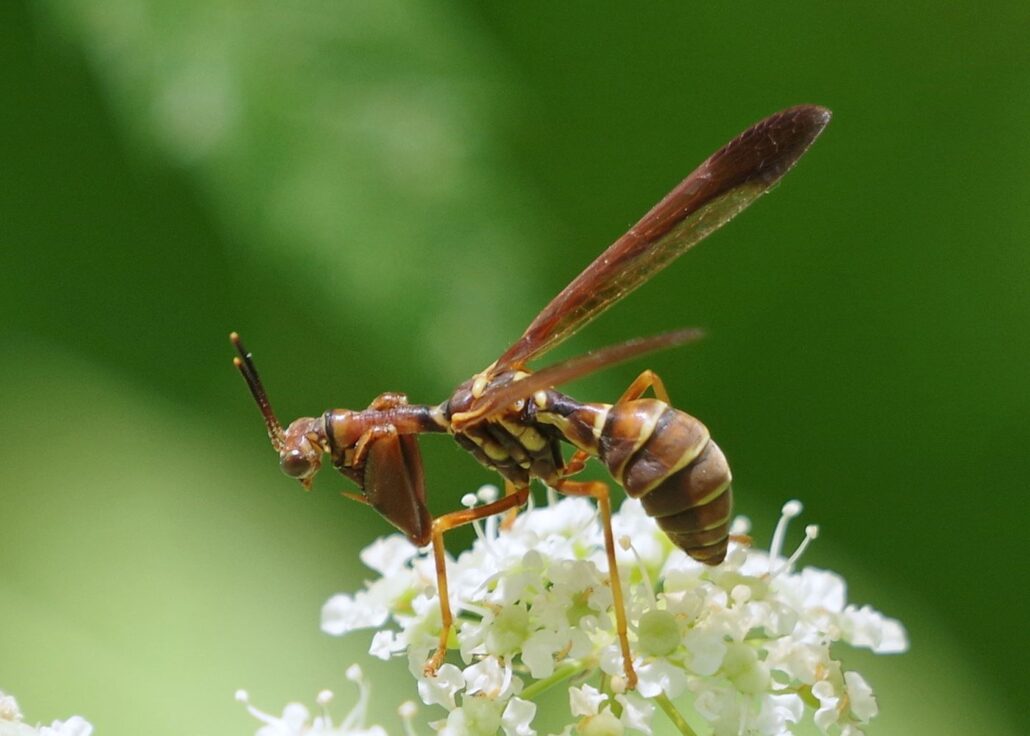
BROWN WASP MANTIDFLY – Yes, those poised, mantis-like front legs are used to grab smaller insects (mantidflies also sip nectar); and yes, this mantidfly does look like a paper wasp at first glance (but – no stinger). Scroll down to see how this very flexible species has evolved to imitate different species of wasps in different parts of the country (the mantidfly is on the left) https://bugguide.net/node/view/4825.
Their stalked eggs are attached to leaves https://bugguide.net/node/view/216544/bgimage, and when the eggs hatch, each larva waits for a passing spider, hitches a ride (feeding on the spider like a tick), and eventually infiltrates the spider’s egg sac, where it spends the rest of its larval life eating spider eggs.
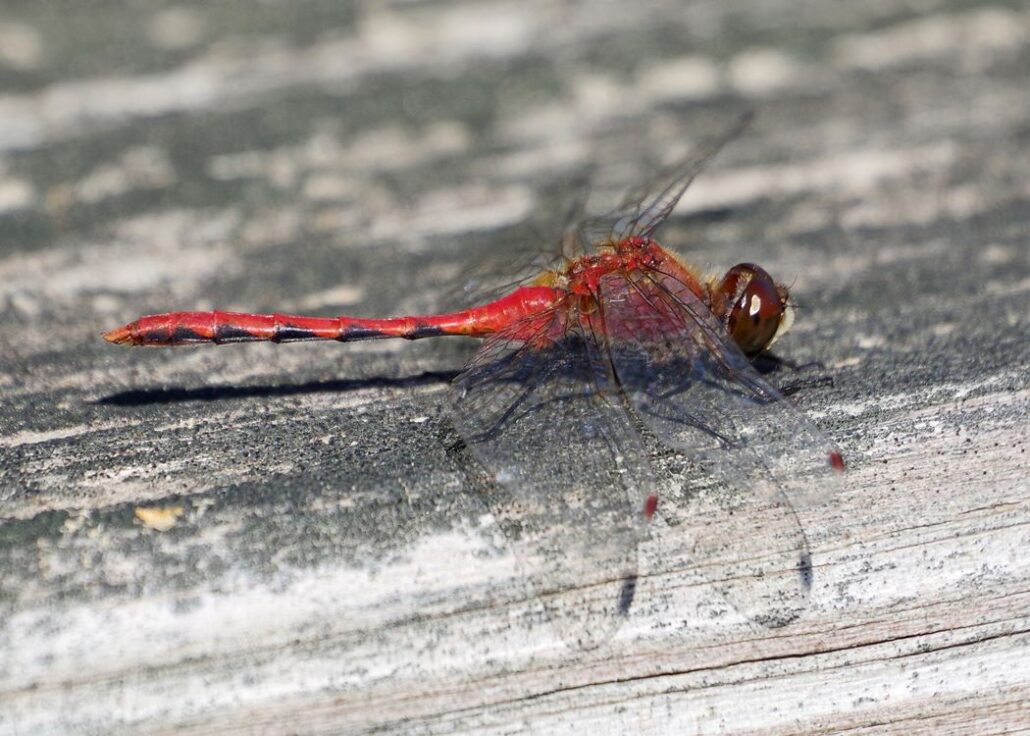
WHITE-FACED MEADOWHAWK – You rarely see this species in tandem flights out over the water or ovipositing into shallow water. They often “speculate” – bobbing up and down in damp areas by a pond’s edge, with the female lobbing her eggs onto the ground. The plan is that spring rains will wash the eggs into the water.
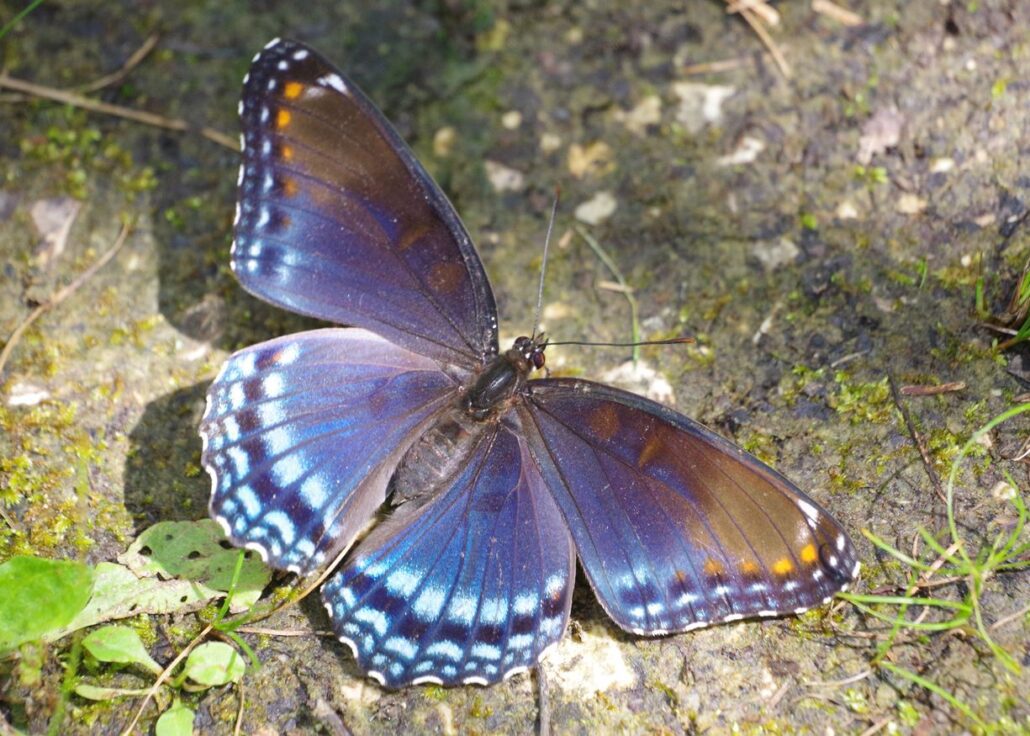
RED-SPOTTED PURPLE – What a classy butterfly! Three Fun Facts about Red-spotted Purples: 1) the red is on the underside of the wings https://bugguide.net/node/view/557370; 2) though they are “tailless,” they are mimicking Pipe-vine Swallowtails, which are poisonous https://bugguide.net/node/view/2264557/bgimage; and 3) partly-grown caterpillars spend the winter inside a leaf that they’ve rolled into a tube and fastened to a twig, and they emerge and resume eating the following year (scroll down for a picture of a hibernaculum and for a bonus lesson about “frass spars” https://entnemdept.ufl.edu/creatures/bfly/red-spotted_purple.htm). Within their leafy tube, they drop about 1/3 of the water weight in their body in order to avoid cell damage from freezing.
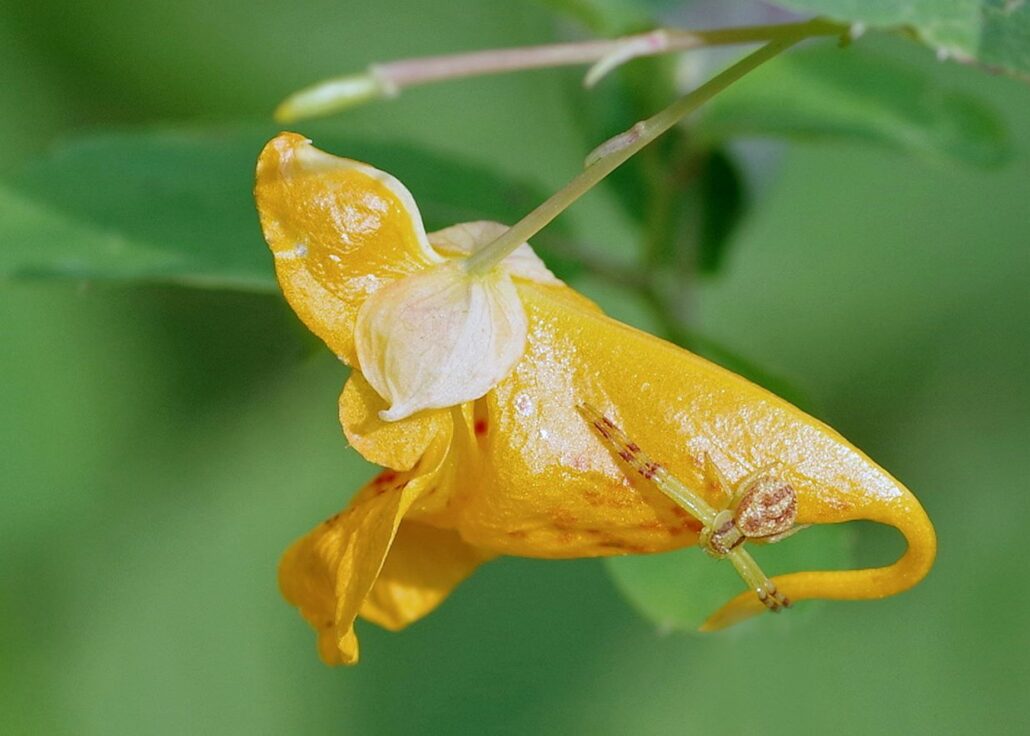
CRAB SPIDER – Nothing to see here, folks, just move along.
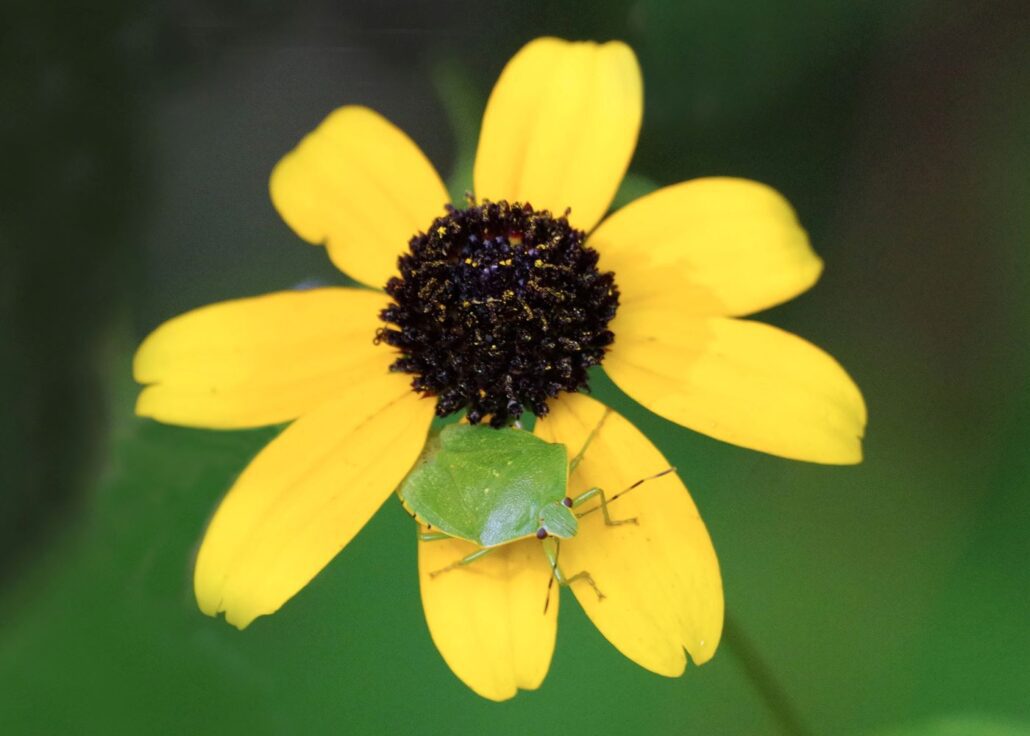
GREEN STINK BUG – Another common sight in late summer, along with their flashy, almost-grown nymphs https://bugguide.net/node/view/885566. Some stink bugs are carnivores, and some are herbivores, and some of the herbivores are considered crop pests. They aren’t chewers, they suck plant juices with mouths like drinking straws, which can deform fruits and seeds, damage twigs, and wither leaves. Green Stink bugs (Pentatoma hilaris) (hilaris means “lively or cheerful”) feed on a large variety of plants (they’re “polyphagous”). Newly-hatched green stinkbugs aren’t green https://bugguide.net/node/view/127137/bgimage.
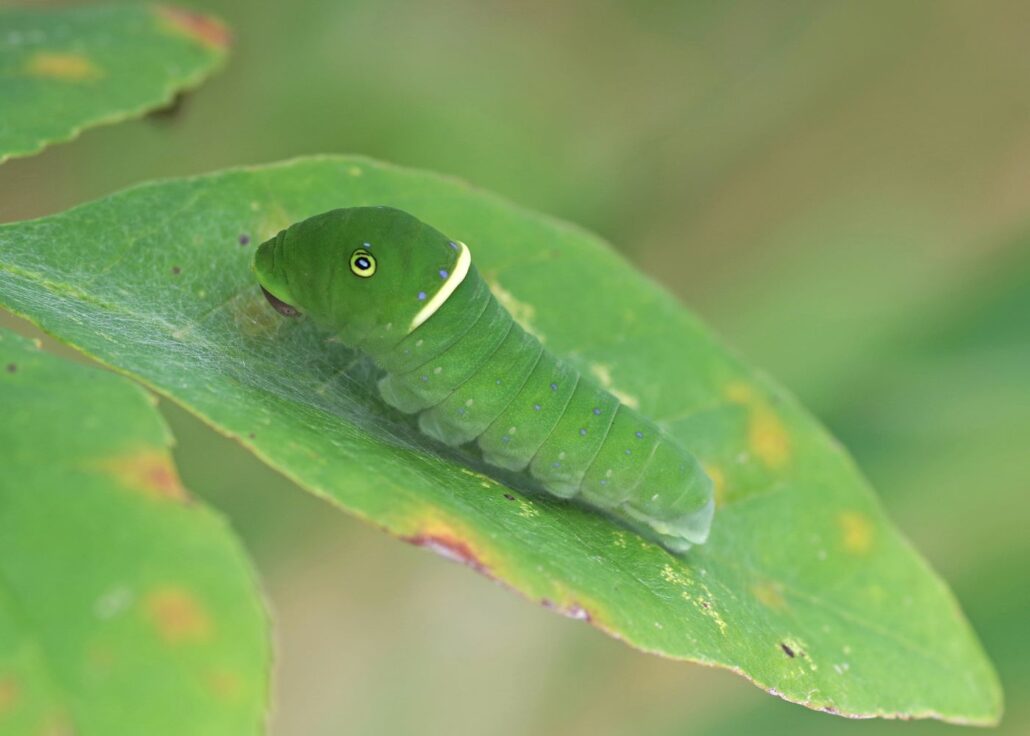
TIGER SWALLOWTAIL CATERPILLAR – No – those aren’t eyes. They’re pigment spots that are designed to fool you into thinking it’s a snake. Young Tiger Swallowtail caterpillars start out as bird poop mimics https://bugguide.net/node/view/1883543/bgimage, but midway through their development, they go into snake mode, completing the effect by everting, when they feel threatened, a two-pronged, soft, orange, odorous projection (the osmeterium) that looks like a snake’s forked tongue https://bugguide.net/node/view/2214191/bgimage. Tiger Swallowtails have two generations per year. Caterpillars of the butterflies we see in June don’t spend long in the chrysalis, emerging in mid-August and getting to work on the next generation. This caterpillar will overwinter as a chrysalis. Don’t tell the other insects, but Tiger Swallowtails are the BugLady’s favorites.
As she visited her usual haunts this summer, the BugLady was dismayed at the lack of insects. Sure, the goldenrods are full of flies, bees and wasps of various stripes, and the grasshoppers and tree crickets are singing their September songs. But she saw six Tiger Swallowtails this summer. Total. And maybe a dozen meadowhawks. During one mid-summer Dragonfly count years ago, the BugLady simply stopped counting meadowhawks when she got to 250 because it was distracting her from the other species. Common Wood Nymphs used to emerge in early July by the score to filter through the grasses. Even crab spiders and ambush bugs seemed scarce this year.
What good are insects? Sometimes it’s hard to drum up sympathy for a group that many people routinely swat, stomp, spray, or zap. But insects provide food for birds and for other insects; they’re pollinators, and they provide other ecosystem services including pest control and garbage pick-up.
(And, of course, they’re awesome.)
Kate Redmond, The BugLady
Bug of the Week archives:
http://uwm.edu/field-station/category/bug-of-the-week/

